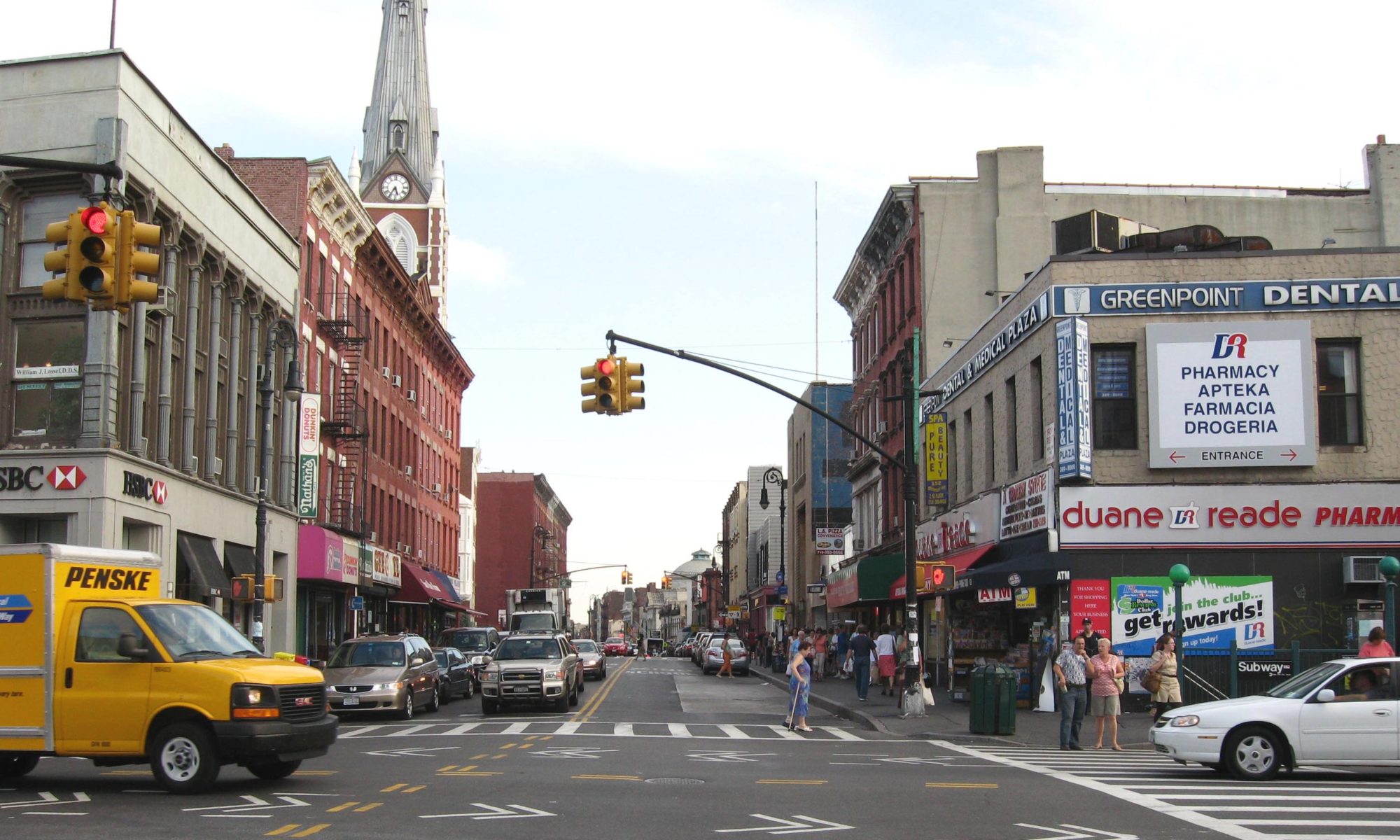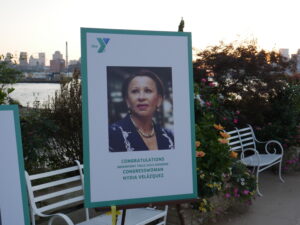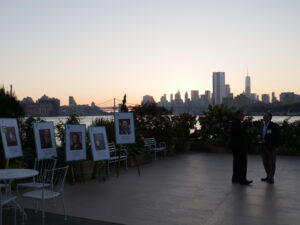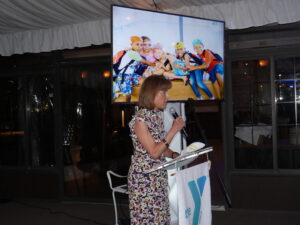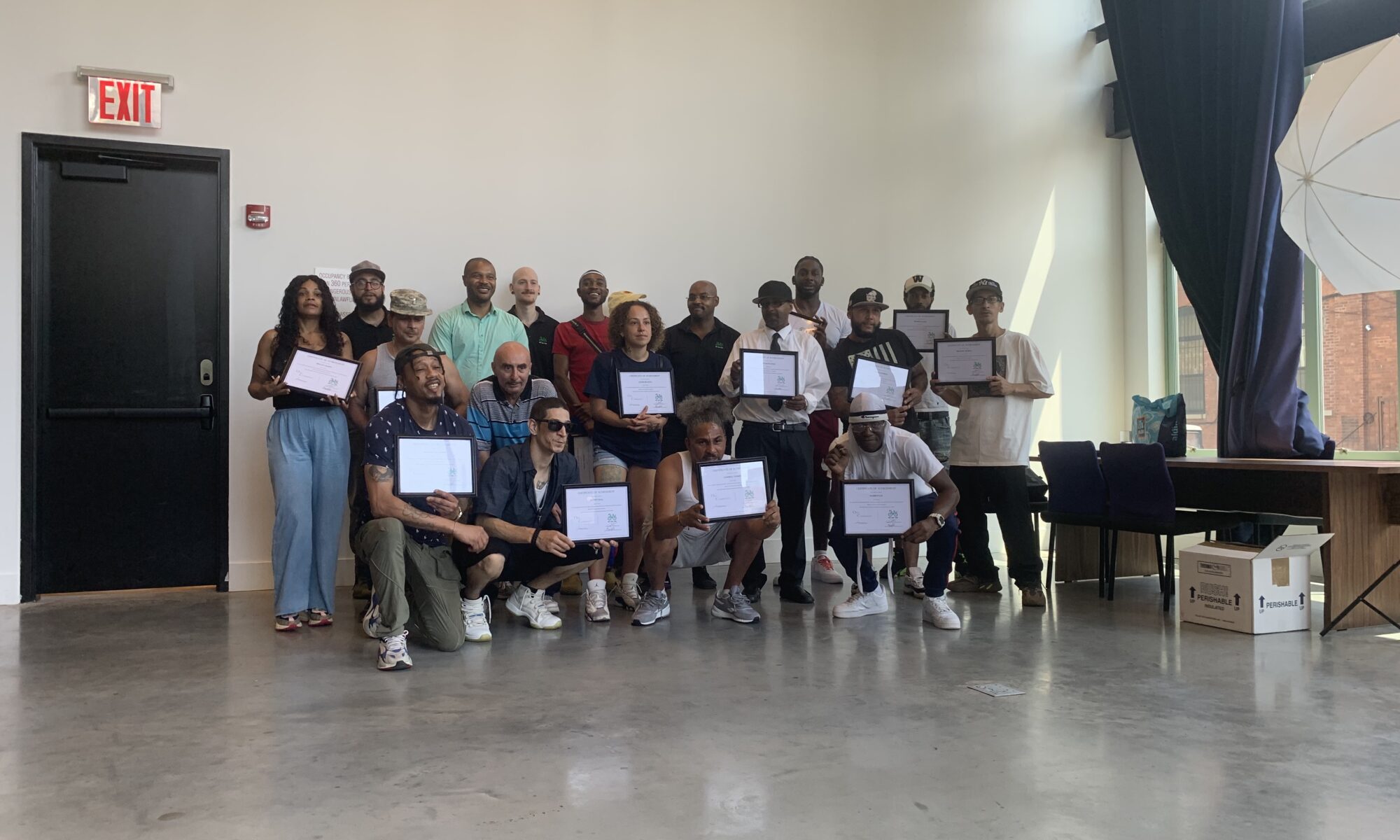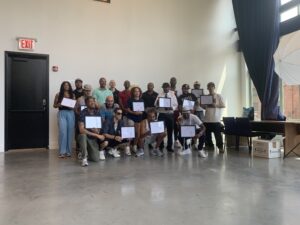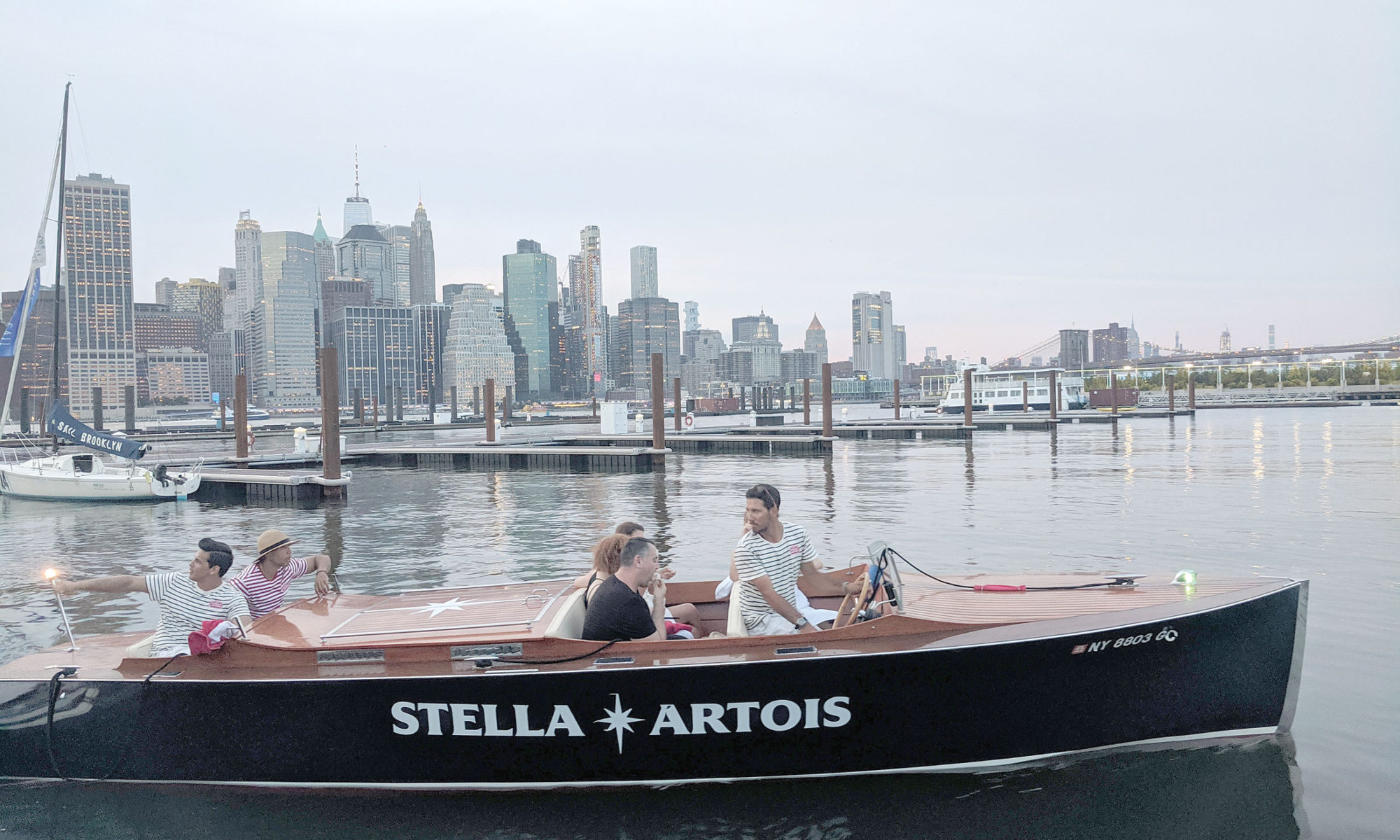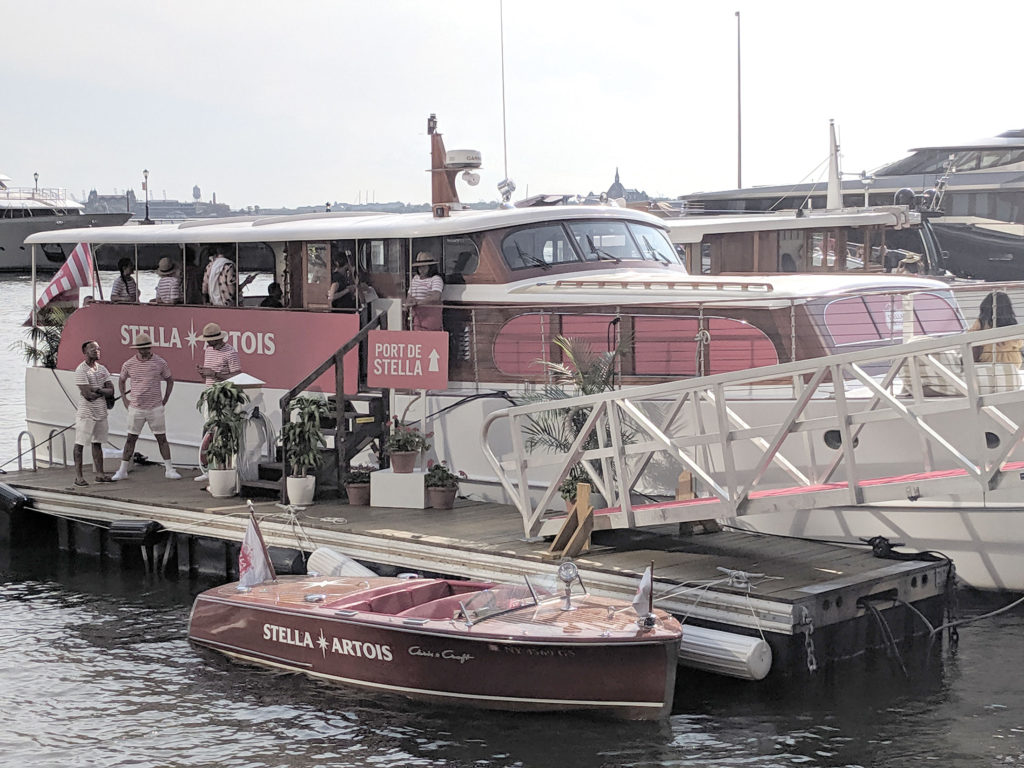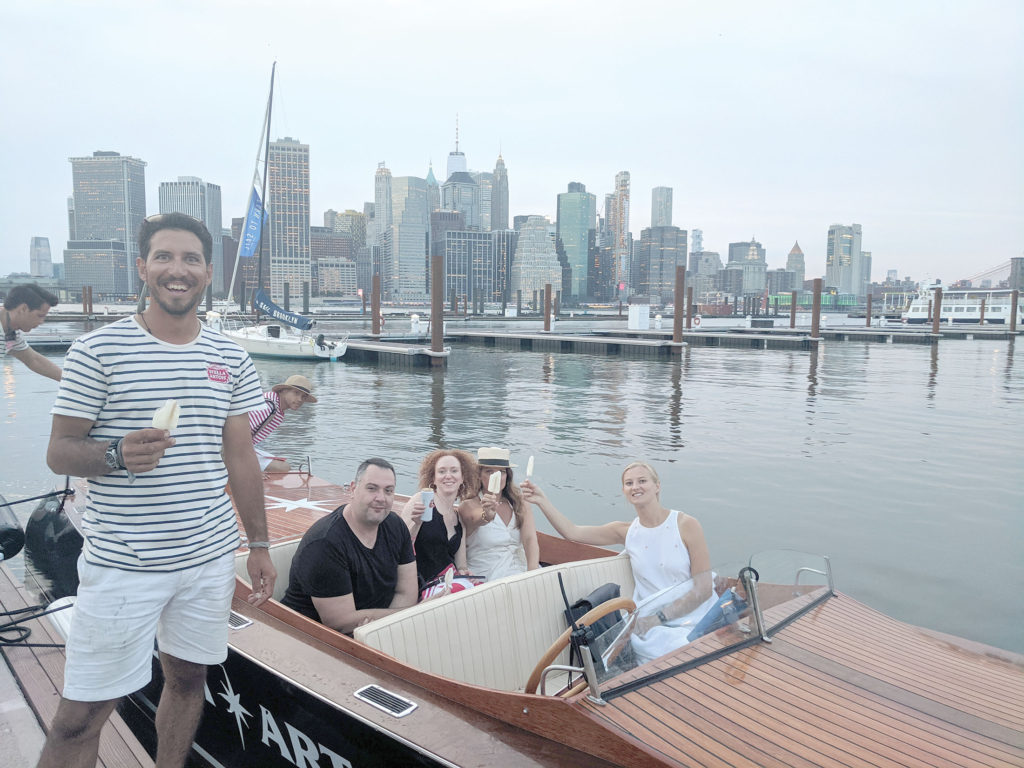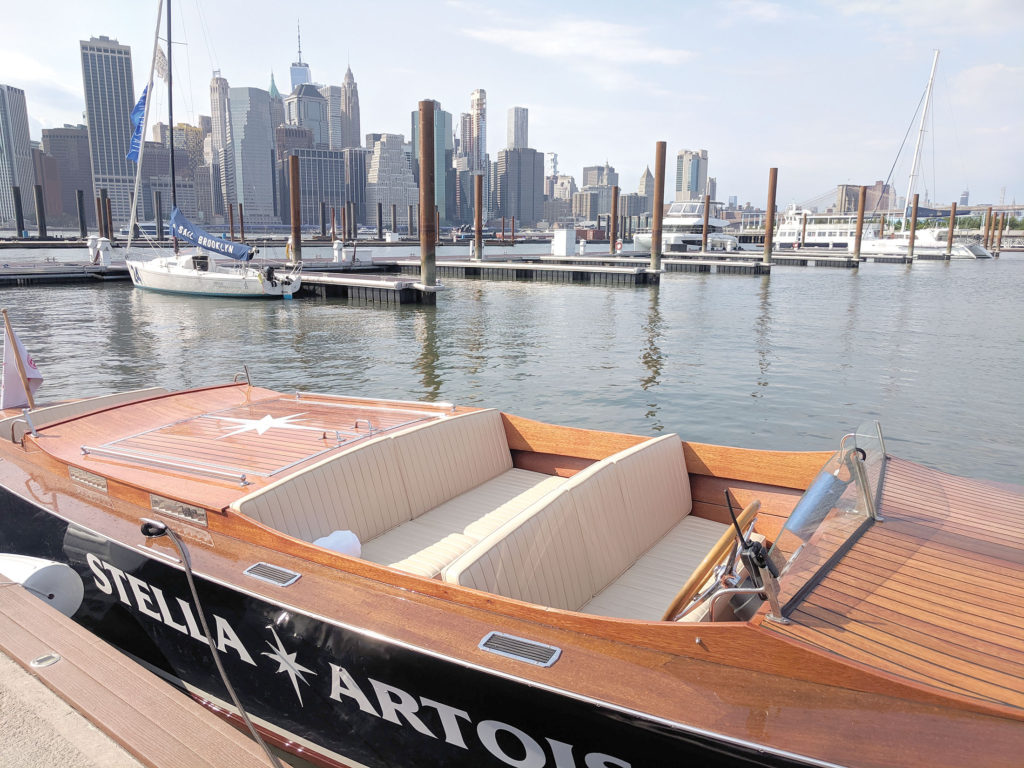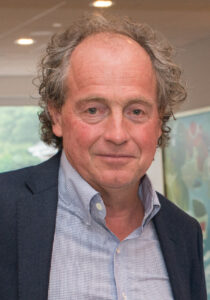
Alumnus Stephen Somers ’82 makes remarkable gift for Brooklyn and Long Island programs
BROOKLYN and PATCHOGUE, N.Y. – March 25, 2024 – St. Joseph’s University, New York (SJNY) is pleased to announce that it has received a $1 million gift from alumnus Stephen Somers ’82 to establish endowed student scholarships for the Brooklyn Campus ACES program, as well as the nursing programs on both the Brooklyn and Long Island campuses of St. Joseph’s University, New York.
Through his incredible generosity, the Somers ACES Endowed Scholarship provides $500,000 for student scholarships that will benefit students enrolled in the Brooklyn campus’ ACES program, an intensive reading and writing learning community for high-achieving immigrant students for whom English is a new language.
Similarly, the Somers Endowed Nursing Scholarship provides $500,000 for undergraduate student scholarships for high-need, high-achieving upper level nursing students during their junior and senior years.
“I hope the students who receive these scholarships realize the gift they have been given and reach back to support the University with whatever help they can give,” said Somers. “That may be their time, talent, mentorship or financial gifts. If you have the good fortune to live your dreams like I have, then in turn, you need to pay it forward so others can do the same.”
With a long history of philanthropic giving to St. Joseph’s, these are the fourth and fifth scholarships that Somers’ donations have established for the University, and because these new scholarships are endowed, they will be awarded for generations, benefitting countless students.
“This wonderful gift from Steve will have a profound impact on our students, many of whom depend on additional financial support to attend St. Joseph’s,” said Donald R. Boomgaarden, Ph.D., SJNY president. “His continued generosity to his alma mater, and his love for our students, is remarkable. We are very grateful to him for all that he does for St. Joseph’s University, New York.”
Stephen Somers graduated from SJNY’s Brooklyn campus in 1982 with a B.S. in Chemistry and began his career in the flavor and fragrance industry. He went on to earn a master’s degree in analytical chemistry from St. John’s University and purchased Vigon International, Inc., in East Stroudsburg, Pennsylvania.
Under Somers’ leadership, the company became one of the industry’s fastest growing companies and the leading manufacturer of high-quality flavor and fragrance ingredients. He sold the company in 2021 but remains involved, serving as head of technology. In living out a lifelong dream and his love of baseball, he recently became an ownership partner with the Fenway Sports Group, owners of the Boston Red Sox.
“This gift is a testament to Steve’s belief and commitment to a St. Joseph’s education,” said Rory Shaffer-Walsh, vice president for institutional advancement. “Thanks to his generosity, the University will be able to provide impactful opportunities to students, and we are forever grateful.”
Somers resides in Hackettstown, New Jersey with his wife, Sharon, who also attended SJNY and graduated in 1982.
For more information about SJNY, visit sjny.edu.
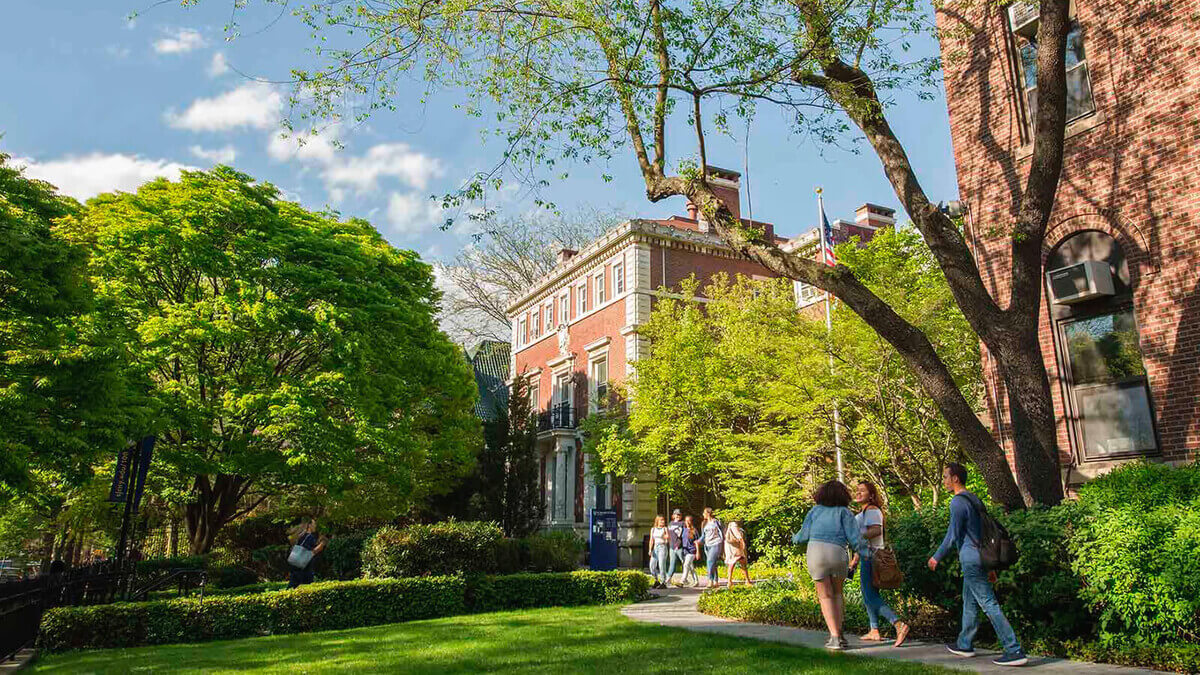
ABOUT ST. JOSEPH’S UNIVERSITY, NEW YORK
St. Joseph’s University, New York has been dedicated to providing a diverse population of students in the New York metropolitan area with an affordable education rooted in the liberal arts tradition since 1916. Independent and coeducational, the University provides a strong academic and value-oriented education at the undergraduate and graduate levels, aiming to prepare each student for a life characterized by integrity, intellectual and spiritual values, social responsibility and service. Through its Brooklyn, Long Island and online campuses, the University offers degrees in more than 100 majors, special course offerings and certificates, affiliated and pre-professional programs.
